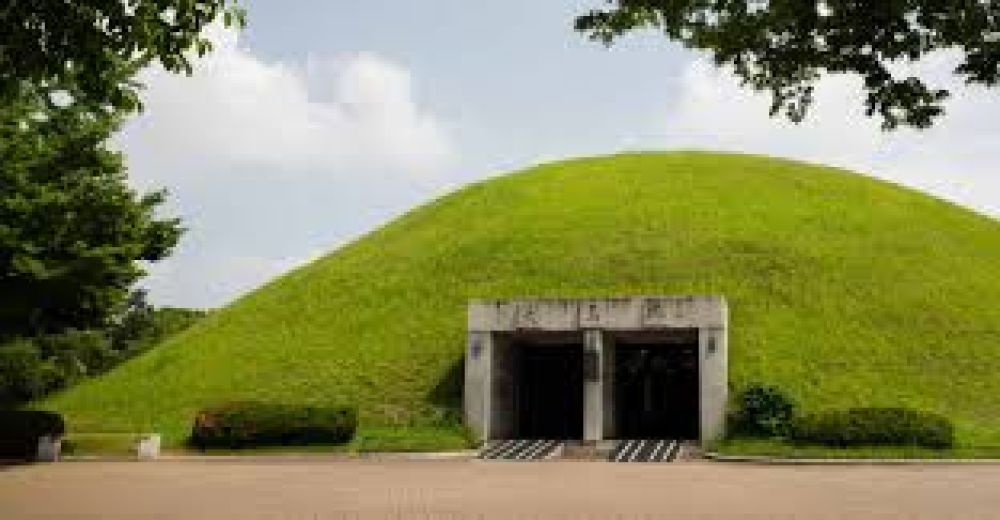

Gyeongju, often referred to as "the museum without walls," holds within its boundaries the ancient history of the Silla Kingdom, which lasted from 57 BC to 935 AD. Among its many historical sites, Tumuli Park, also known as Daereungwon Tomb Complex, has played a significant part in the development of tourism in the city.
Tourism in Gyeongju began to gain prominence in the 20th century, particularly after the end of the Korean War. The historical significance and cultural heritage of sites like Tumuli Park attracted both domestic and international visitors. In 1979, Gyeongju was designated as a UNESCO World Heritage site, which led to a further increase in cultural tourism and global recognition of the city's historical treasures.
Tumuli Park is a testament to the Silla Kingdom's opulence and is home to a cluster of royal tombs, including the famous Cheonmachong (Heavenly Horse Tomb). These grandiose mounds of Earth hold within them treasures and artifacts from a bygone era, giving us insight into the lives of the royalty of the Silla Kingdom. The park’s primary allure lies in its historical value and the mystique of its centuries-old tombs, which continue to fascinate researchers and tourists alike.
In recent years, tourism trends in Gyeongju and Tumuli Park have evolved, offering visitors a chance to experience a blend of history and modernity. The introduction of augmented reality (AR) tours and virtual reality (VR) experiences allow guests to see what the ancient city looked like in its prime. Nighttime illumination of the park also provides a different perspective and ambiance, making it a romantic and educational evening attraction.
Travelers are increasingly seeking authentic experiences, and Tumuli Park caters to this demand with cultural festivals and hands-on activities such as traditional games and crafts. Another trend is the growing interest in eco-tourism, with tourists appreciating the well-preserved natural aspects of the park amidst the historical backdrop.
Tourism has had a profound impact on the local community, with much of the region's development tailored to cater to tourism needs. Gyeongju’s economy has benefitted from the influx of tourists, with local businesses, such as restaurants, souvenir shops, and hotels, thriving around Tumuli Park.
However, it is essential to balance tourism and preservation. The South Korean government and cultural preservation bodies have implemented measures to protect these ancient relics while still making them accessible to the public. Efforts include limiting the number of visitors to burial mounds at any given time and careful maintenance and restoration practices.
When visiting Tumuli Park, tourists can walk the same grounds where Silla kings once trod. The park is open year-round, with varying entry fees for adults, teens, and children. Interpretive signs and guided tours are available, offering insights into the historical context of the tombs.
The impact of tourism at Tumuli Park, Gyeongju, is a balance of education, economy, and preservation. As trends in tourism evolve, Tumuli Park continues to be a cherished jewel of South Korea, offering a rich, immersive look into the country's noble past.